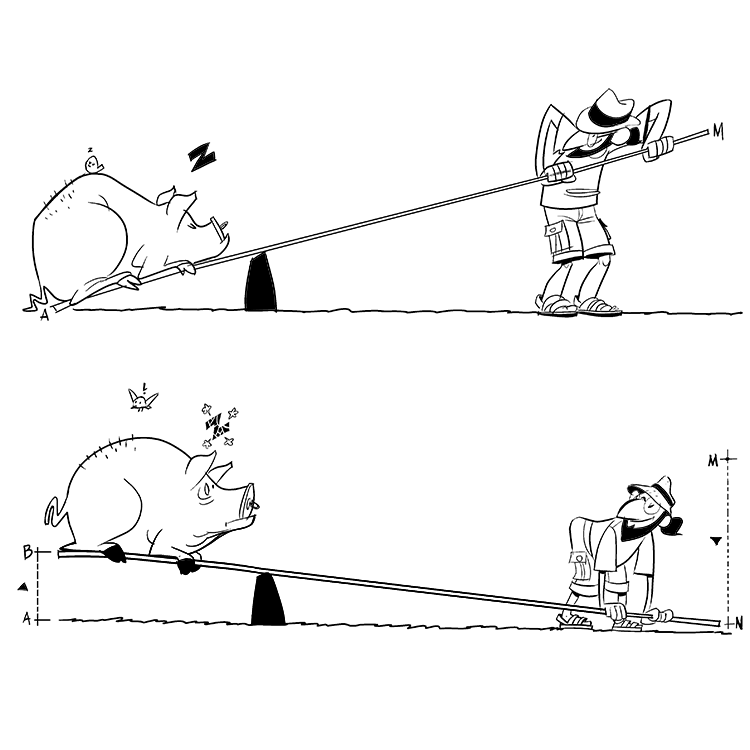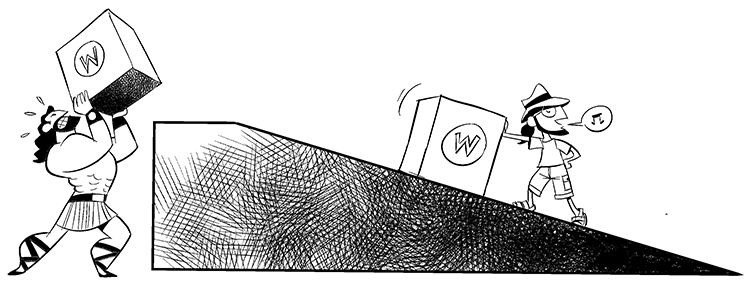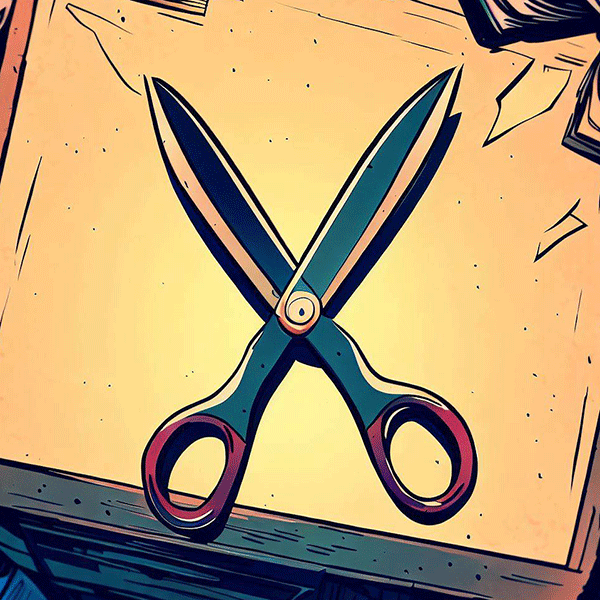The Magic of Simple Machines
In the world of physics, we have some pretty neat concepts like work, force, and distance. When you use force to move something over a certain distance, that’s called ‘work’. But what if there was a way to do the same work using less force? That’s where simple machines come in!
The Great Trade-off: More Distance, Less Force
Imagine lifting a heavy box straight up. It needs a lot of strength, right? But what if you could push that same box up a long ramp instead? This is easier because even though you’re pushing it over a longer distance, you’re using less force. Neat, huh?
Changing Directions: The Magic of Pulleys and Levers
Simple machines can also change the direction of the force you apply. Take pulleys and levers for example. When you pull down on a rope in a pulley system, the load on the other end goes up. And with a lever, you can push down on one end to lift something on the other end. It’s like magic!
Now that we’ve gone over these cool concepts, let’s look at different types of simple machines and how they use these ideas.

Levers: The Great Balancers
Levers are everywhere! They have a bar that pivots on a fixed point called the fulcrum. Think of a seesaw or a crowbar. By moving the fulcrum, you can lift heavy things with less force. But there’s a trade-off – you’ll have to move your end of the lever a greater distance.
Wheels, Axles, and Gears: The Spin Masters
Wheels and axles are one of the most important inventions ever. When you spin the wheel, the axle spins too. When you push on the wheel, it moves a greater distance than the axle, but the force on the axle is greater. It’s why opening a door is so easy!
Gears are like wheels with teeth. When two gears mesh together, spinning one gear makes the other one move. Big gears can generate a lot of force but move slowly, while small gears move quickly but with less force.
Pulleys: The Direction Shifters
A pulley is just a wheel with a groove for a rope. When you pull the rope down, the load on the other end goes up. So, by pulling down, you can lift something up – it’s like changing the direction of your force!

Inclined Planes: The Easy Lifters
An inclined plane, or a ramp, makes lifting heavy things easier. Instead of lifting something straight up, you can slide it up a ramp with less force. But remember, you’ll have to push it a longer distance.
Wedges: The Splitters
Wedges are like two ramps back-to-back. They can split things apart by converting a downward force into forces that spread out sideways. It’s why cutting a piece of cheese with a knife is so easy!
Screws: The Twisters
A screw is like a ramp wrapped around a cylinder. When you turn a screw, the twisting force you apply is converted into a straight-line motion. This is why opening a jar or putting together a table is a piece of cake!
So there you have it! Each type of simple machine uses these cool concepts in unique ways to make our lives easier. So next time you open a door, ride a bike, or cut a piece of fruit, think about the awesome simple machines at work!
